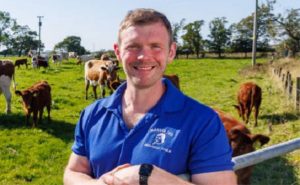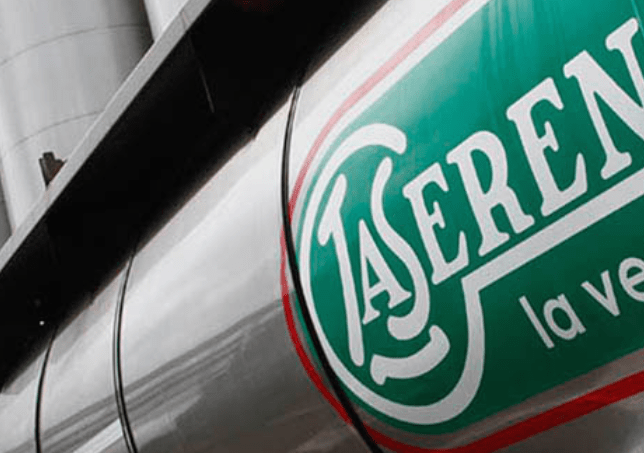What’s the status of the plan to boost milk production and productivity?
Milk production and productivity increase are influenced by several factors. Disease-free status for the bovine population is being ensured through vaccination for ‘foot and mouth disease’ to the entire population of cattle, buffalo, sheep, goat and pigs, and vaccination against brucellosis for all female calves of 4-8 years. Besides, the ‘Pashu Aadhaar’ of tagging every animal with a unique bar coded 12-digit unique ID, linking it with a digital platform, is further ensuring national level digitisation of animal health and traceability of milk produced.
Better nutrition status is being ensured through affordable quality feed and fodder under a sub-mission on fodder. This mission is further planning to unleash a large number of ‘rural fodder entrepreneurs’ in every block for making available green fodder silage bales round the year through motivating farmers to grow green fodder as cash crops.
Will the Covid-19 situation affect the breed improvement programme that has to cover a huge bovine population target with artificial insemination (AI)?
The target was to provide doorstep AI services for 300 villages per district for 605 districts from September 2019 to May 2020 under Phase-I. We were able to cover 76.68 lakh animals up to May 31 despite Covid-19. With the implementation of this campaign mode programme, 22.5 lakh superior male and female calves would be born; out of which 11.25 lakh would be superior female calves which would yield around 13.5 lakh tonnes of additional milk per annum after three years.
There will be an improvement in the ‘In-Milk’ bovine population by the addition of more milch animals to the dairy herd of the country. Its Phase-II has been initiated from August 1. It’ll continue till May 2021 with an allocation of Rs 1,090 crore in 604 districts, covering 50,000 animals per district. During the programme 3.02 crore animals will be covered and 9.06 crore AI will be performed leading to the birth of 1.5 crore high yielding females. This programme proposes to enhance milk productivity from the present level of 1,861 kg per animal per year to 3,000 kg per animal per year by 2024-25.
Government has also adopted an approach of sex-sorted semen so that more and more female calves are born. What’s the objective?
Sex-sorted semen technology is one of the breed improvement efforts in cattle and buffalo so that farmers get productive animals. This technology can produce only female calves with more than 90% accuracy by using sexed semen. By producing a greater number of high genetic merit heifers, we are not only ensuring increased milk production but also fast-tracking profitability of dairy farmers.
We are targeting to conduct 90 lakh AI through sorted semen in five years which will result in the birth of 24.12 lakh high milk yielding females to national milch herd by assuming conception rate with sexed semen as 30% and accuracy of sex ratio as 90% female calves. This in turn would lead to production of additional 36.18 million tons of milk annually with a value of nearly Rs 1.4 lakh crore at current prices. This will also ensure decline of stray animal population.
How is the progress?
Projects to install sex-sorting technology have been sanctioned for 12 semen stations. Facilities at two semen stations have been completed and sex-sorted semen production has begun in Uttarakhand and UP. So far 5.86 lakh doses of sex-sorted semen have been produced. 2.76 lakh AIs using sex-sorted semen have been performed in UP and 1 lakh AIs using sex-sorted semen have been performed in Uttarakhand.
The other benefit would also accrue to farmers by using sexed semen in IVF technology for faster genetic improvement in cattle population. IVF technology, using sexed semen of high-grade merit bull, will cut short the 21 years period of seven generations for producing desired productivity animals to three years in one generation. The sexed semen technology is going to be a game changer in breed improvement efforts of India.
How will the recently launched Animal Husbandry Infrastructure Development Fund (AHIDF) help?
The AHIDF has been initiated to incentivise investments by the private sector for establishing dairy and meat processing, and value addition infrastructure. The Centre is incentivising dairy cooperative investment under Dairy Processing Infrastructure Development Fund (DIDF). Investments with the help of AHIDF in modernising meat processing facilities will result in increased profits for livestock farmers and increased availability of quality meat for consumers.












